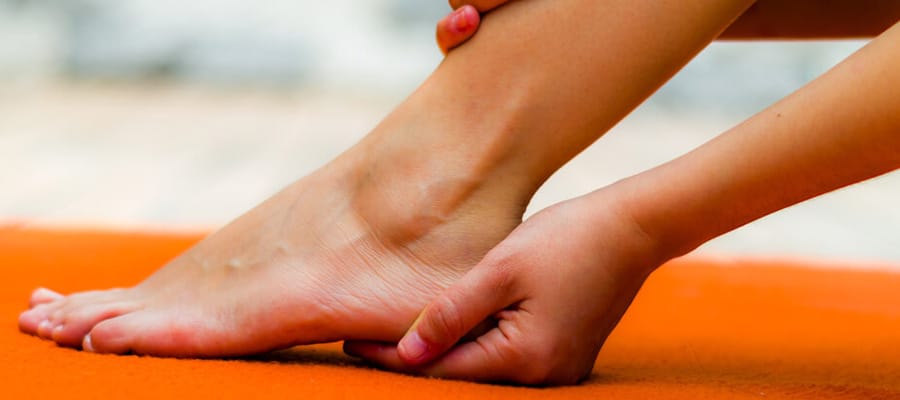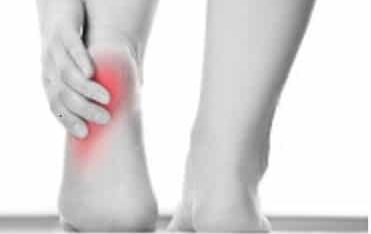
Plantar Fasciitis – 3 Tips From A Podiatrist To Minimise The Pain.
Plantar fasciitis is the most common cause of heel pain.
It causes pain under the heel, which may extend into the arch. It will often be worst in the morning or after rest, when you first stand and for the first few steps and be painful at the end of the day also. Most cases will be worse with activity or prolonged standing, while resting improves the pain levels. If you think you might have plantar fasciitis then here a three tips to help settle it:
1. A plantar fascia stretch (or tennis ball stretch) – Plantar fasciitis is due to inflammation in the ligament under the bottom of your heel due to over stretching. Therefore if it is tight, it is more likely to have increased damage. So how do you stretch your plantar fascia?
There a many ways to stretch or loosen the plantar fascia, but my favourite and simplest is to get a tennis ball, place this on the ground and in a sitting position, roll your foot over the tennis ball. You want enough downward force to have an uncomfortable stretch sensation, but it shouldn’t be painful, you don’t want to do any further damage.
Concentrate through the inside arch and heel area, but just generally stretch out all the bottom of the foot. Some people use a frozen water or coke bottle rather than a tennis ball, this works as well and the ice does help with some pain relief. However, I find I can’t get up into the arch as well due to the shape of the bottle. Also some people use a golf ball, which I recommend to use after the tennis ball is no longer hard enough to give you a stretch. The golf ball can be too hard initially for some people. What ever you choose to use, do this for a couple of minutes at least once a day on both feet, even if the other foot isn’t painful. All stretches should be done both sides to keep things even.
2. A calf stretch – The calf plays a very important role in how the plantar fascia works. If your calf is tight this will put more pressure on the plantar fascia. So stretch it. My personal favourite stretch is up on a step or ledge, dropping one heel at a time. This stretch is hard to get wrong and uses your body weight to give you a good stretch. The same with the tennis ball stretch above, you want it to be uncomfortable, not painful. You can use the opposite leg to control the amount of stretch.
Where a lot of people go wrong with stretches is they stretch for 15 seconds and think: done! This doesn’t work, because our body has something called a stretch reflex. When we stretch, our body contracts against it to make sure the muscle doesn’t get hurt. You have to get past this before a stretch will work. So I suggest holding this stretch for 2 minutes. Over that time you will notice you can get further and further while staying in the uncomfortable zone. Again do this stretch at least once a day.
3. Footwear – Wear supportive footwear as much as possible. I suggest sneakers are the best.
Most people can’t be in sneakers all the time, so just be in the best footwear you can. The thing to remember is also around home, lots of people tend to go barefoot, wear slippers or slips ons etc. But often we are still up on our feet a lot home when we are cooking, cleaning and chores. So I suggest you try getting changed into your sneakers when you get home until you sit down and rest for the night. This added support and cushioning can make a big difference.
These are just three of many things that can be done to help plantar fasciitis, but are things you can try at home. If you are continuing to struggle with plantar fasciitis make a time to see one of our Podiatrists who are expert in treating heel pain.
